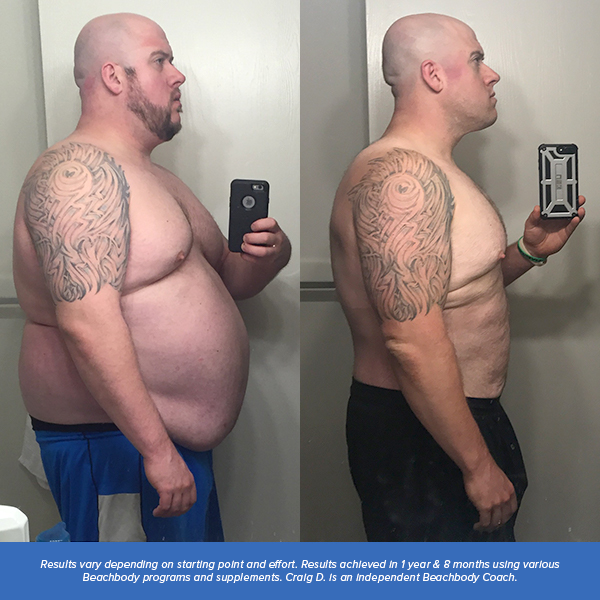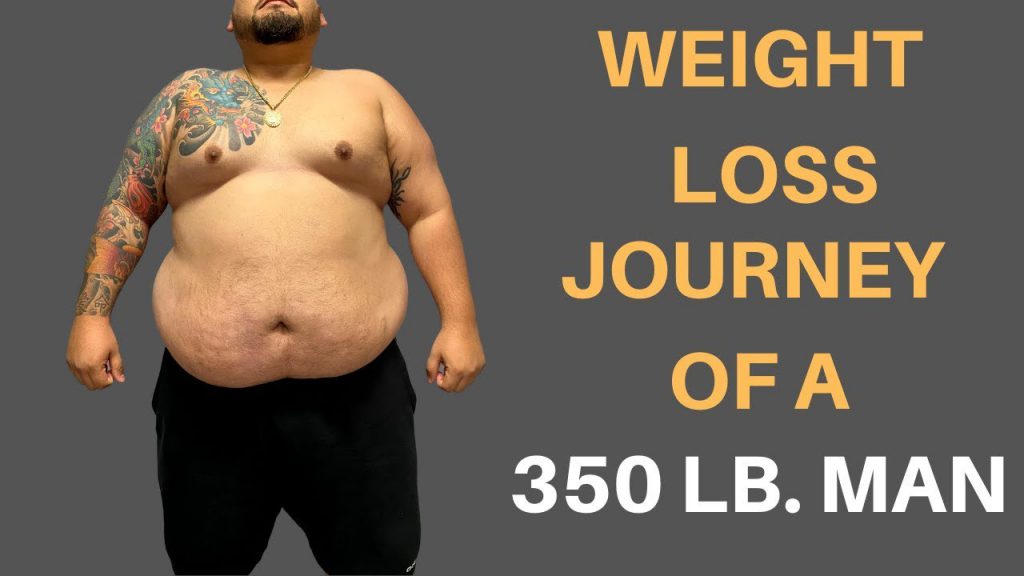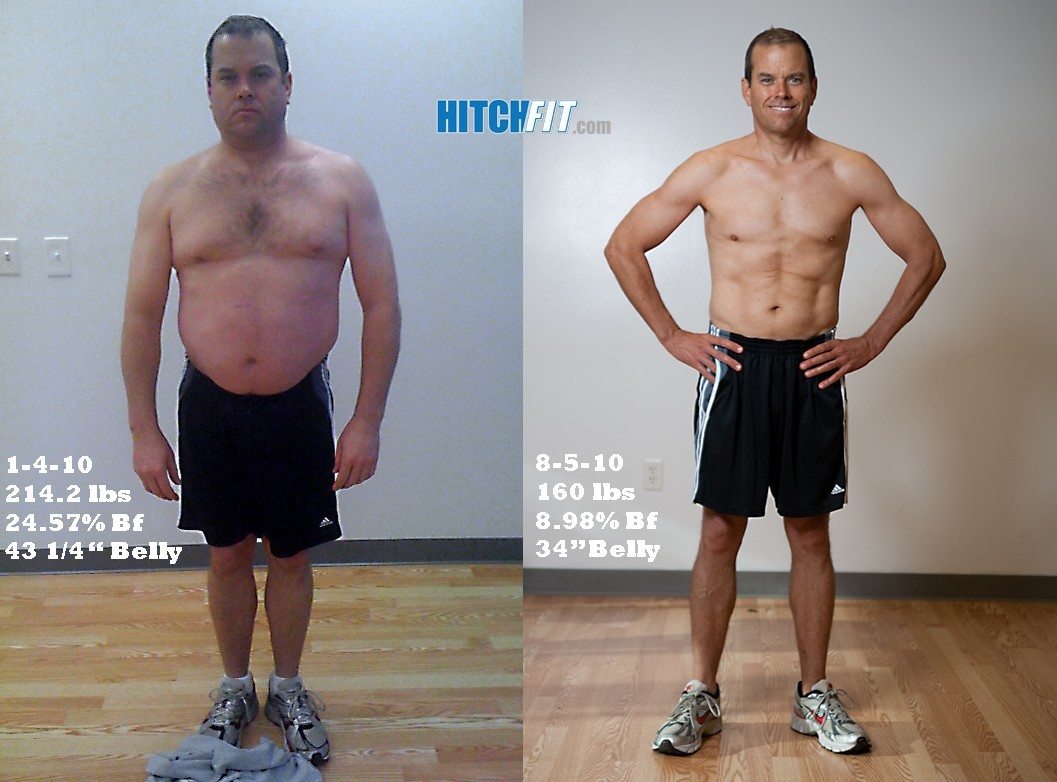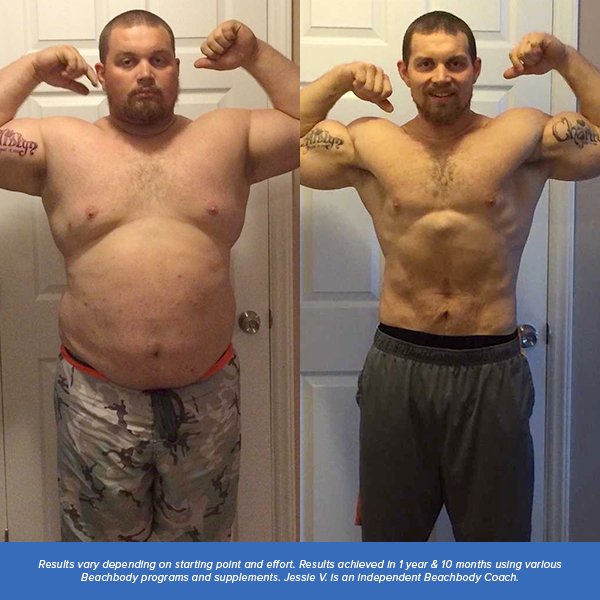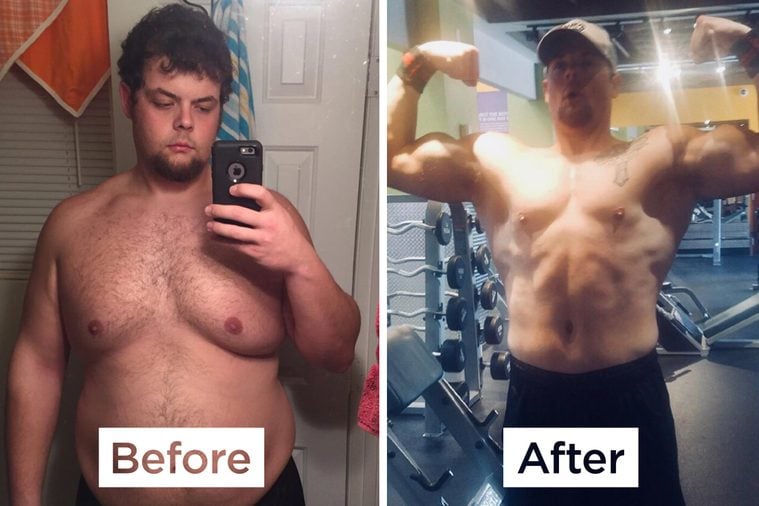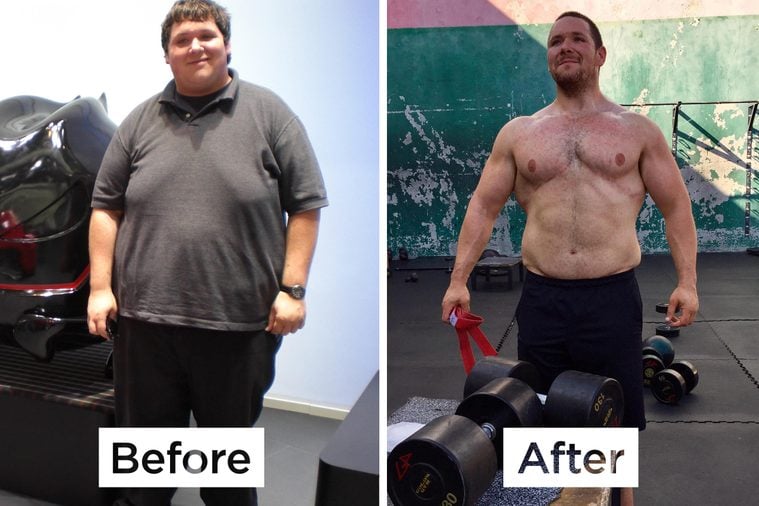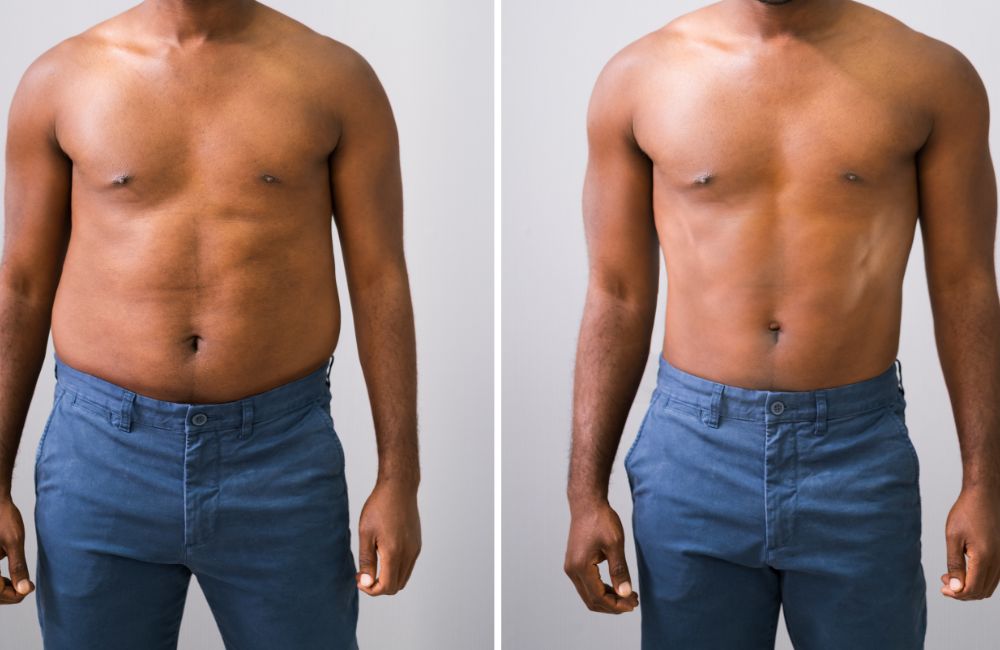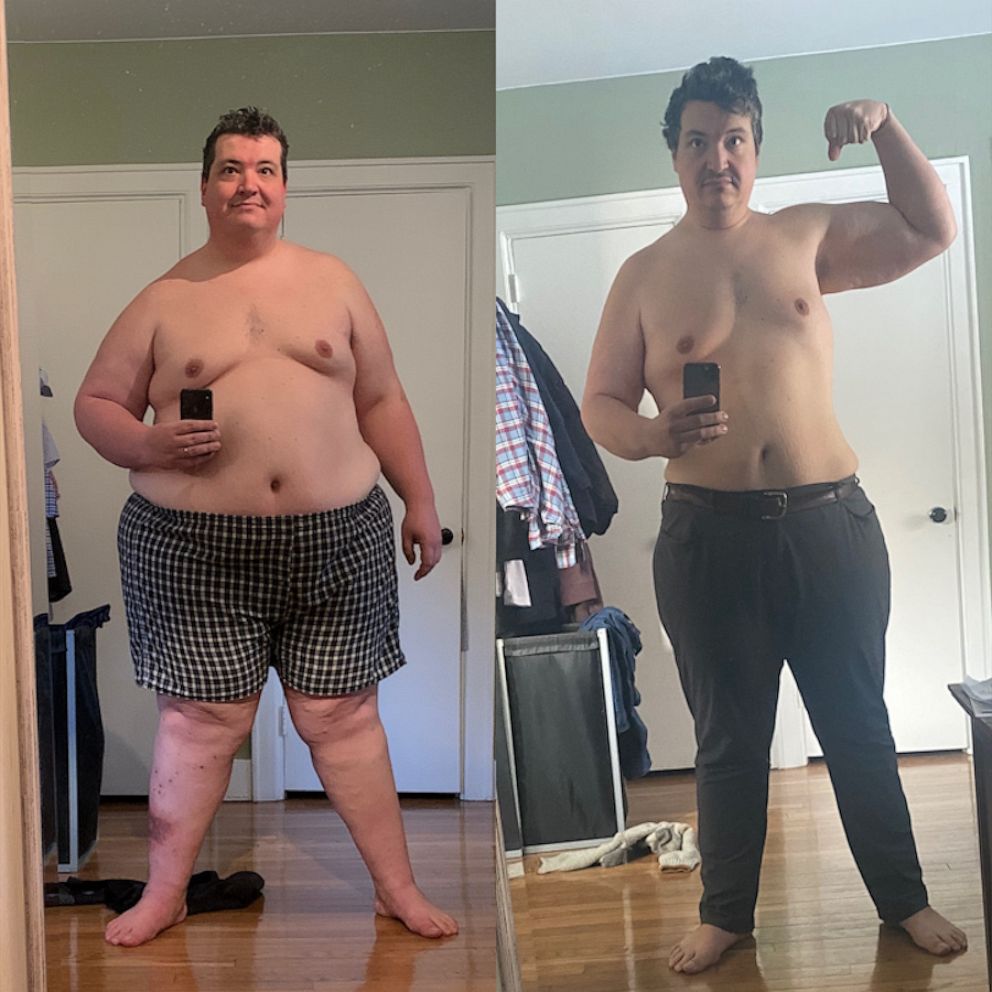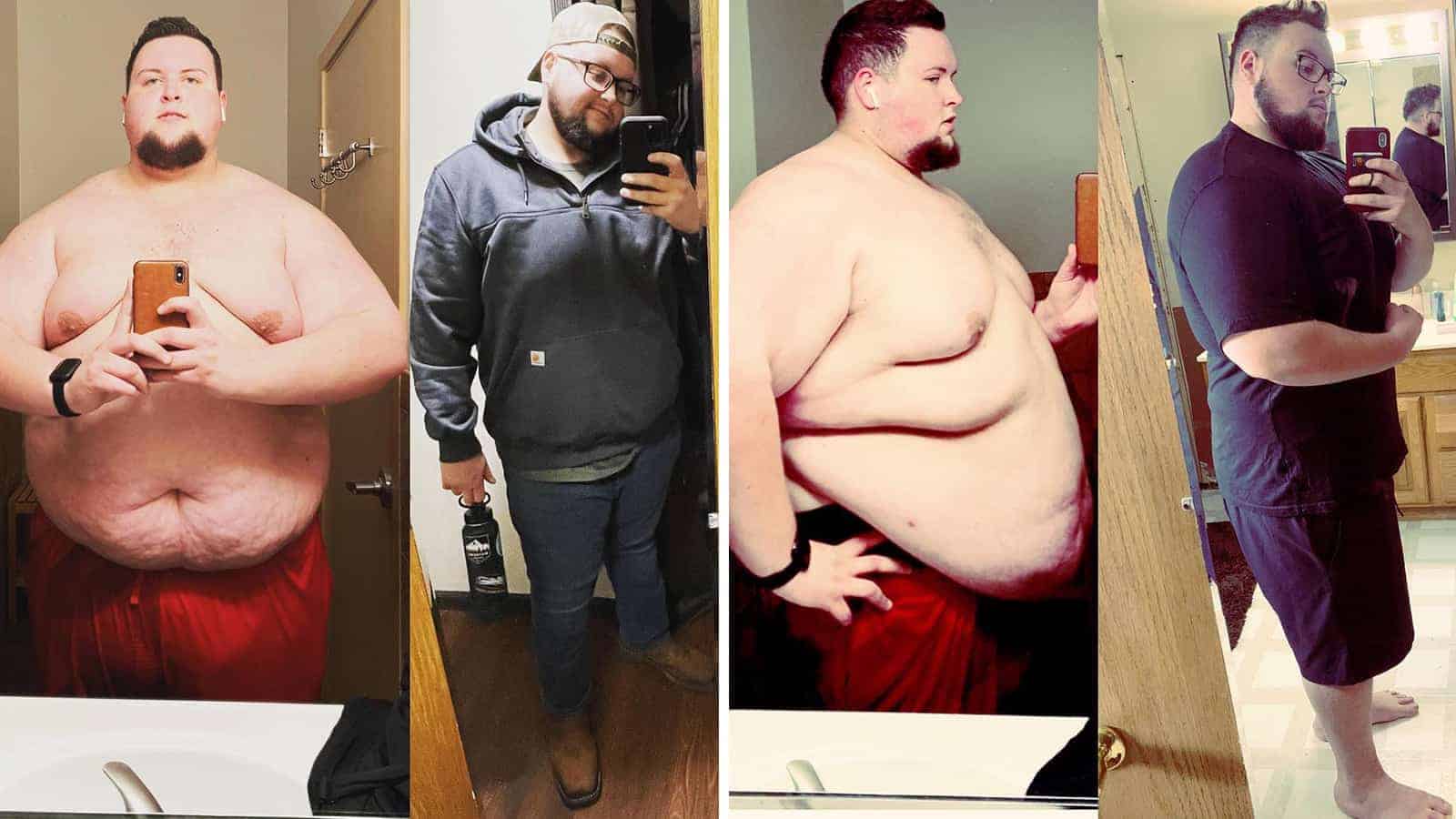Is It True That Every 35 Pounds A Man Loses

Imagine a man, let's call him David, standing on the precipice of change. He's tired of feeling sluggish, of clothes that fit too snugly, and the low hum of health concerns in the back of his mind. He's heard whispers, a seemingly simple equation: lose 35 pounds, and you'll drop a pants size, feel lighter, maybe even reverse some nagging health issues. But is there any truth to this commonly cited notion?
The claim that a man loses a pants size for every 35 pounds shed is a popular oversimplification, a catchy sound bite in the weight-loss world. While there's a kernel of truth to it, individual experiences vary wildly, making it an unreliable rule of thumb. Factors like starting size, body composition, and where the weight is lost all play significant roles.
The Allure of Simple Metrics
Our society loves easily digestible metrics. We want clear-cut answers, and the "35 pounds per pants size" provides just that. It offers a tangible goal, a milestone to celebrate on the long and often arduous journey of weight loss.
But the human body rarely operates according to neat, linear formulas. The reality is far more nuanced.
Individual Variability: The Unseen Factors
Consider two men, both 5'10" and aiming to lose weight. One starts at 300 pounds, primarily carrying weight around his abdomen. The other begins at 220 pounds with a more even distribution of fat. Losing 35 pounds will likely have a drastically different impact on their pant sizes.
The man starting at a higher weight may see a more significant initial change, as visceral fat (the fat around the abdominal organs) tends to be shed more readily. The slimmer man might notice less of a difference in his pants size, as his weight loss might be distributed more evenly across his body.
Beyond starting size, body composition is crucial. Muscle is denser than fat. A man who gains muscle while losing fat might see minimal changes in his pants size, even with significant weight loss, because the muscle takes up less space.
Location, Location, Location: Where the Weight Comes Off
The distribution of fat also matters. Some men are genetically predisposed to store fat primarily in their abdominal region (the classic "apple" shape), while others tend to carry more weight in their hips and thighs (the "pear" shape). The first man will likely see a more noticeable change in his waistline with weight loss compared to the second.
Genetics, age, and hormones also affect where and how weight is lost. As men age, they tend to lose muscle mass and gain abdominal fat, influencing the relationship between weight loss and clothing size.
Beyond Pants Sizes: The Real Benefits of Weight Loss
Focusing solely on pants sizes can be misleading and even demotivating. It's essential to remember that the benefits of weight loss extend far beyond aesthetics.
Reduced risk of chronic diseases like type 2 diabetes, heart disease, and certain cancers are significant gains. Improved sleep, increased energy levels, and enhanced mood are also worth celebrating.
According to the National Institutes of Health (NIH), even a modest weight loss of 5-10% of body weight can significantly improve health outcomes. This translates to tangible benefits like lower blood pressure, improved cholesterol levels, and better blood sugar control.
Non-scale victories are equally important. Being able to climb stairs without getting winded, running around with your kids, or simply feeling more comfortable in your own skin are powerful motivators.
Measuring Success: Beyond the Scale
Instead of relying solely on the scale or pants size, consider tracking progress using other metrics. Measuring your waist circumference, monitoring your blood pressure, or simply paying attention to how your clothes fit can provide a more comprehensive picture of your progress.
Taking progress photos can be incredibly motivating. Seeing visual changes in your body can be a powerful reminder of how far you've come.
Regular check-ins with a healthcare professional can also provide valuable insights. A doctor can assess your overall health and offer personalized recommendations for weight loss and management.
A Holistic Approach to Wellness
Weight loss is not just about numbers; it's about adopting a holistic approach to wellness. This involves nourishing your body with healthy foods, engaging in regular physical activity, managing stress, and prioritizing sleep.
Focus on making sustainable lifestyle changes rather than quick fixes. Small, consistent improvements over time will lead to lasting results.
Find activities you enjoy, whether it's hiking, swimming, dancing, or playing a sport. When exercise is fun, it becomes easier to stick with it.
The key is to find a balance that works for you, creating a lifestyle that supports your health and well-being. Remember that it is not a race, but a journey.
It is important to consult with qualified health professionals, a registered dietitian or certified personal trainer, who will help create a plan that is customized for your body type, habits, and goals.
David's Journey: A Case Study
Let's revisit David, the man from the beginning of our story. He started at 250 pounds and committed to a healthier lifestyle, incorporating regular exercise and a balanced diet. After losing 35 pounds, he was thrilled to discover that he had indeed dropped a pants size.
But more importantly, he noticed a significant improvement in his energy levels and his blood pressure had dropped. He felt more confident and energetic, ready to embrace life to the fullest.
David's experience underscores the importance of focusing on the overall benefits of weight loss, not just the number on the scale or the size of his pants.
The Takeaway: It's About More Than Just Numbers
So, is it true that every 35 pounds lost translates to a smaller pants size for men? The answer is: it depends. While it can be a helpful starting point, individual experiences vary.
Ultimately, the most important thing is to focus on improving your overall health and well-being. Celebrate non-scale victories, track your progress using a variety of metrics, and remember that weight loss is a personal journey.
Embrace a sustainable, holistic approach to wellness, and the positive changes will follow, both inside and out. Remember, health is the true reward.
